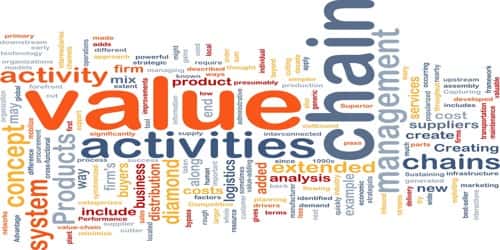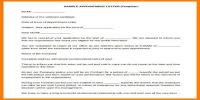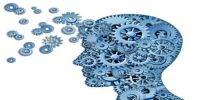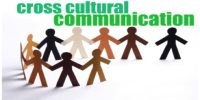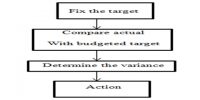The Value Chain activities of a Business Organization
A company’s value chain identifies the primary activities that create value for the customers and the related support activities. It is a primary analytical tool for strategic cost analysis. It represents the internal activities a firm engages in when transforming inputs into outputs. There are basically two types of value chain activities of a business organization. These are as follows:
- Primary activities and costs; and
- Support activities and costs.
Primary activities: Primary activities relate directly to the physical creation, sale, maintenance, and support of a product or service. They consist of the following:
- Purchased supplies and inbound logistics: It includes all activities, costs, and assets associated with purchasing fuel, energy, raw materials, and consumable items from vendors; receiving, storing, and disseminating inputs from suppliers; inspection; and inventory management.
- Operations: It includes all activities, costs, and assets associated with converting inputs into the final product i.e. production, assembly, packaging, quality assurance etc.
- Distribution and outbound logistics: It includes all activities, costs, and assets associated with physically distributing the product to buyers i.e. order processing, shipping, maintain a network of distributors.
- Sales and marketing: It includes all activities, costs, and assets related to sales force efforts, advertising and promotion, market research and planning etc.
- Service: It includes all activities, costs, and assets associated with providing assistance to buyers such as installation, spare parts delivery, maintenance and repair, technical assistance etc.
Support activities: These activities support the primary functions above. In our diagram, the dotted lines show that each support or secondary, the activity can play a role in each primary activity. For example, procurement supports operations with certain activities, but it also supports marketing and sales with other activities.
- Research, technology, and system development: It includes all activities, costs, and assets relating to product R&D, process R&D, process design improvement, computer software development etc.
- Human resources management: It includes all activities, costs, and assets associated with the recruitment, hiring, training, development, and compensation of all types of personnel.
- General administration: It includes all activities, costs, and assets relating to general management, accounting, and finance, legal and regulatory affairs, safety and security etc.
So, these are the various value chain activities of a business organization. Companies use these primary and support activities as “building blocks” to create a valuable product service.
